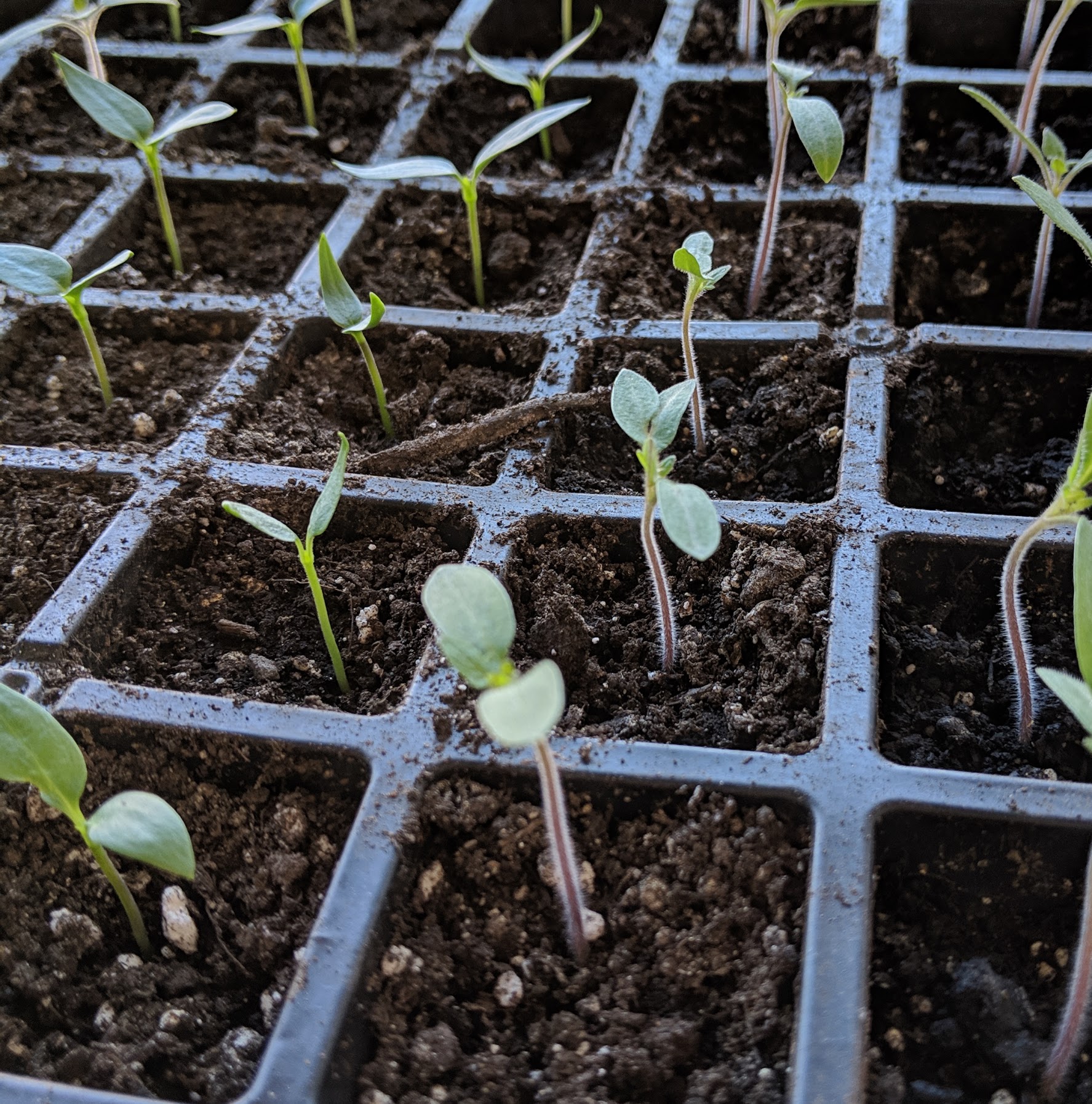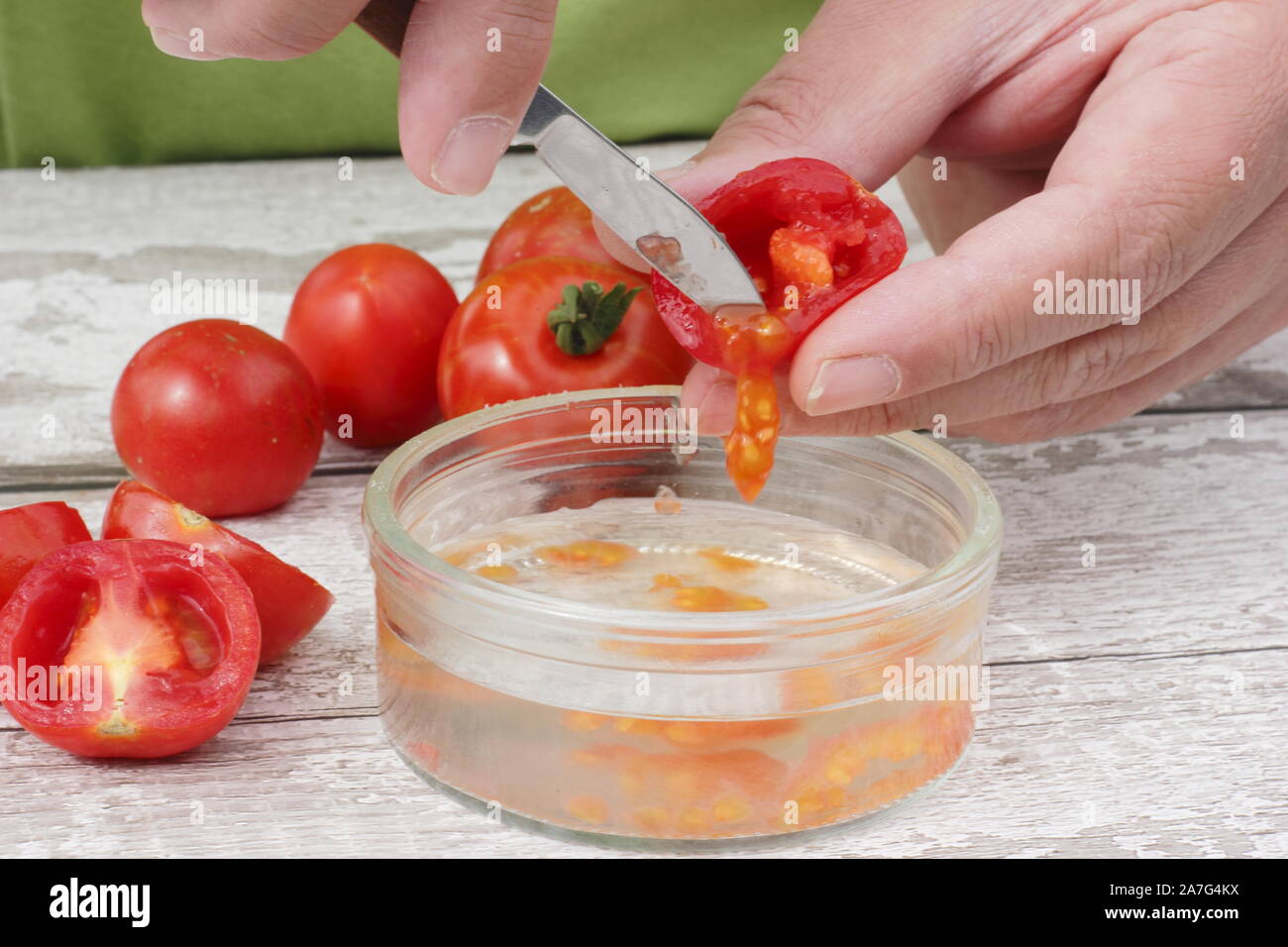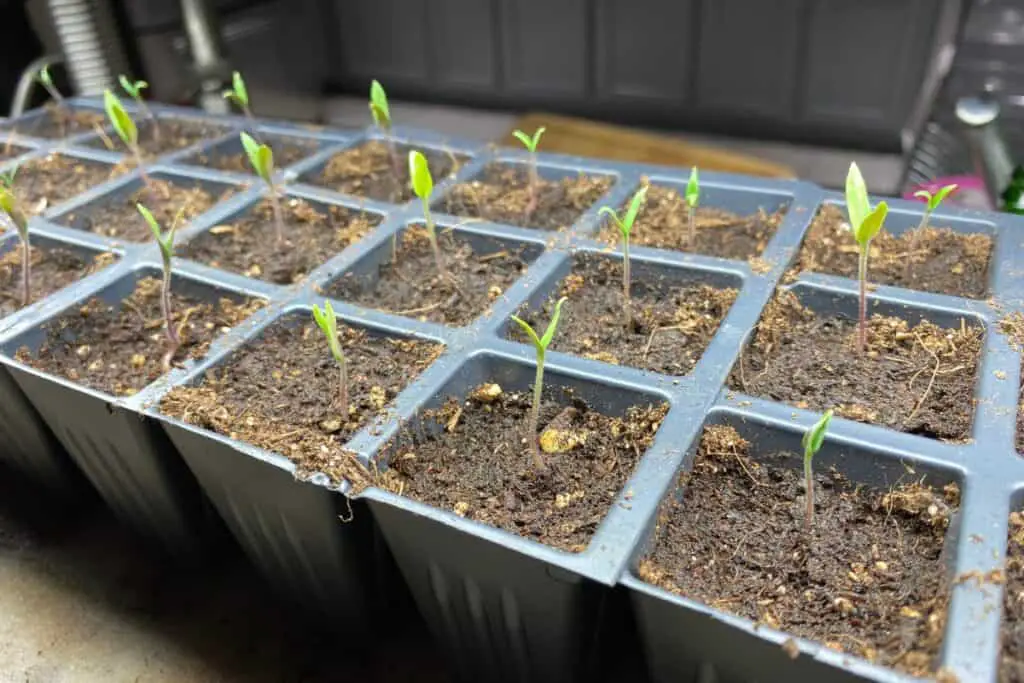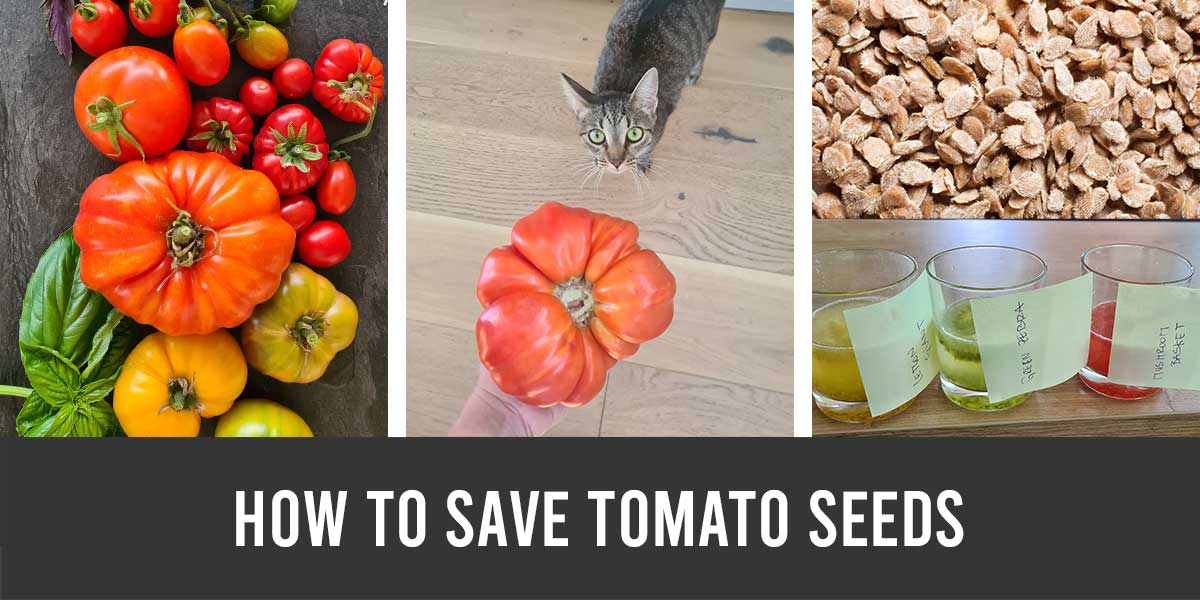The Basics of Tomato Seed Collection
Collecting tomato seeds is a simple yet rewarding process that allows gardeners to preserve the genetic diversity of their favorite varieties. By saving seeds from heirloom or open-pollinated tomatoes, gardeners can reduce their reliance on commercial seed suppliers and enjoy a more sustainable gardening experience. The process of collecting tomato seeds is a great way to learn about the life cycle of plants and the importance of seed conservation.
Tomato seeds are relatively easy to collect, and the process can be done with a few simple tools. To get started, gardeners will need to select a healthy, disease-free tomato plant with desirable traits such as flavor, texture, and color. It’s essential to choose a variety that is open-pollinated or heirloom, as these types of tomatoes will produce seeds that can be saved and replanted.
One of the primary benefits of collecting tomato seeds is the ability to preserve the genetic diversity of a particular variety. By saving seeds from a favorite tomato plant, gardeners can ensure that the unique characteristics of that variety are preserved for future generations. This is especially important for heirloom varieties, which are often prized for their unique flavors and textures.
In addition to preserving genetic diversity, collecting tomato seeds can also help gardeners reduce their reliance on commercial seed suppliers. By saving seeds from their own tomato plants, gardeners can avoid the costs and uncertainties associated with purchasing seeds from commercial suppliers. This can be especially beneficial for gardeners who live in areas with limited access to seed suppliers or who prefer to grow their own food using sustainable methods.
Overall, collecting tomato seeds is a fun and rewarding process that offers many benefits for gardeners. By following a few simple steps and using the right techniques, gardeners can preserve the genetic diversity of their favorite tomato varieties and enjoy a more sustainable gardening experience. Whether you’re a seasoned gardener or just starting out, learning how to get tomato seeds is a great way to take your gardening skills to the next level.
Choosing the Right Tomatoes for Seed Harvesting
When it comes to harvesting tomato seeds, not all varieties are created equal. To get the best results, it’s essential to choose tomatoes that are well-suited for seed saving. Heirloom and open-pollinated varieties are ideal for seed harvesting, as they produce seeds that can be saved and replanted with consistent results.
So, what makes a tomato variety suitable for seed harvesting? One key factor is fruit size. Tomatoes with larger fruits tend to produce more seeds, making them a better choice for seed saving. Shape and color are also important considerations, as some varieties may produce seeds that are more prone to disease or have lower germination rates.
Some popular heirloom and open-pollinated varieties that are well-suited for seed saving include Brandywine, Cherokee Purple, and San Marzano. These varieties are known for their rich flavors and high seed production, making them ideal for gardeners who want to harvest their own tomato seeds.
When selecting tomatoes for seed harvesting, it’s also essential to consider the plant’s growth habits and disease resistance. Look for varieties that are resistant to common tomato diseases, such as fusarium wilt and nematodes. This will help ensure that your seeds are healthy and viable, and will reduce the risk of disease transmission.
In addition to choosing the right variety, it’s also important to consider the plant’s maturity date. Tomatoes that are harvested too early or too late may not produce viable seeds, so it’s essential to wait until the fruits are fully ripe before harvesting.
By choosing the right tomatoes for seed harvesting, gardeners can set themselves up for success and enjoy a bountiful harvest of healthy, viable seeds. Whether you’re a seasoned gardener or just starting out, learning how to get tomato seeds from the right varieties is an essential step in the seed-saving process.
How to Extract Tomato Seeds from Fresh Fruit
Extracting tomato seeds from fresh fruit is a crucial step in the seed-saving process. To get the best results, it’s essential to follow a few simple steps and take precautions to minimize seed damage and contamination.
The first step in extracting tomato seeds is to cut the fruit in half and scoop out the seeds and gel-like substance that surrounds them. This substance, known as the “seed gel,” contains enzymes that help to break down the seed coat and promote germination.
Next, rinse the seeds and seed gel in a fine-mesh strainer under cold running water to remove any excess pulp and debris. This will help to prevent contamination and ensure that the seeds are clean and free of disease.
After rinsing, use a gentle squeezing motion to remove as much of the seed gel as possible. This will help to prevent the growth of mold and bacteria, which can damage the seeds and reduce their viability.
Once the seeds have been cleaned and the seed gel removed, they can be dried and stored for later use. It’s essential to dry the seeds slowly and carefully to prevent damage and ensure that they remain viable.
One common mistake to avoid when extracting tomato seeds is to use hot water or high-pressure washes, which can damage the seeds and reduce their viability. Instead, use cold running water and gentle squeezing motions to clean and prepare the seeds for drying and storage.
By following these simple steps and taking precautions to minimize seed damage and contamination, gardeners can successfully extract tomato seeds from fresh fruit and enjoy a bountiful harvest of healthy, viable seeds. Whether you’re a seasoned gardener or just starting out, learning how to get tomato seeds from fresh fruit is an essential step in the seed-saving process.
Drying and Storing Tomato Seeds for Long-Term Viability
Proper seed drying and storage techniques are crucial for maintaining seed viability and ensuring a successful harvest. When it comes to drying tomato seeds, there are several methods to choose from, each with its own advantages and disadvantages.
Air drying is a simple and effective method for drying tomato seeds. This involves spreading the seeds out in a single layer on a paper towel or cloth, and allowing them to air dry for several days. This method is gentle on the seeds and helps to preserve their viability.
Desiccant drying is another method for drying tomato seeds. This involves using a desiccant material, such as silica gel or calcium chloride, to absorb moisture from the seeds. This method is faster than air drying and can help to preserve seed viability.
Refrigeration is also an effective method for storing tomato seeds. This involves storing the seeds in an airtight container in the refrigerator to maintain a consistent temperature and humidity level. This method is ideal for long-term storage and can help to preserve seed viability for several years.
When it comes to storing tomato seeds, it’s essential to keep them in a cool, dry place. This can help to preserve seed viability and prevent moisture from accumulating, which can lead to mold and bacterial growth.
Some tips for storing tomato seeds include using airtight containers, such as glass jars or plastic bags, and keeping them in a dark, cool place, such as a cupboard or drawer. It’s also essential to label the containers with the date and variety of the seeds, so that you can easily identify them later.
By following these simple steps and using the right techniques, gardeners can successfully dry and store tomato seeds for long-term viability. Whether you’re a seasoned gardener or just starting out, learning how to get tomato seeds and store them properly is an essential step in the seed-saving process.
Understanding Seed Viability and Germination Rates
Seed viability and germination rates are critical factors to consider when harvesting tomato seeds. Understanding the factors that affect these rates can help gardeners optimize their seed-saving techniques and improve the chances of successful germination.
Seed age is one of the most significant factors affecting seed viability and germination rates. As seeds age, their viability and germination rates decline. This is because seeds are living organisms that undergo natural degradation over time. To maximize seed viability and germination rates, it’s essential to harvest seeds from fresh, mature fruits.
Storage conditions also play a crucial role in maintaining seed viability and germination rates. Seeds stored in a cool, dry place with minimal exposure to light and moisture tend to retain their viability and germination rates longer. Conversely, seeds exposed to high temperatures, humidity, or light may experience reduced viability and germination rates.
Handling practices can also impact seed viability and germination rates. Seeds that are handled roughly or exposed to excessive moisture may experience reduced viability and germination rates. To minimize the risk of damage, it’s essential to handle seeds gently and store them in a clean, dry environment.
To test seed viability and germination rates, gardeners can use a simple method called the “water test.” This involves placing a small sample of seeds in a cup of water and observing their behavior. Viable seeds will sink to the bottom of the cup, while non-viable seeds will float to the surface.
Another method for testing seed viability and germination rates is the “paper towel test.” This involves placing a small sample of seeds on a moist paper towel and observing their germination rates over time. This method provides a more accurate assessment of seed viability and germination rates than the water test.
By understanding the factors that affect seed viability and germination rates, gardeners can optimize their seed-saving techniques and improve the chances of successful germination. Whether you’re a seasoned gardener or just starting out, learning how to get tomato seeds and store them properly is an essential step in the seed-saving process.
Common Mistakes to Avoid When Harvesting Tomato Seeds
When harvesting tomato seeds, there are several common mistakes to avoid in order to ensure the best possible results. By being aware of these mistakes, gardeners can take steps to prevent them and improve the quality of their seeds.
One of the most common mistakes to avoid is contamination. This can occur when seeds are exposed to dirt, debris, or other contaminants during the harvesting process. To prevent contamination, it’s essential to handle seeds gently and store them in a clean, dry environment.
Inadequate drying is another common mistake to avoid. Seeds that are not properly dried may be more susceptible to mold and bacterial growth, which can reduce their viability and germination rates. To prevent this, it’s essential to dry seeds slowly and carefully, using a combination of air drying and desiccant drying methods.
Poor storage practices are also a common mistake to avoid. Seeds that are stored in a warm, humid environment may experience reduced viability and germination rates. To prevent this, it’s essential to store seeds in a cool, dry place, such as a refrigerator or freezer.
Another common mistake to avoid is over-handling seeds. Seeds that are handled excessively may experience reduced viability and germination rates due to damage or contamination. To prevent this, it’s essential to handle seeds gently and minimize the amount of time they are exposed to air and moisture.
Finally, it’s essential to avoid using seeds that are past their prime. Seeds that are old or of poor quality may experience reduced viability and germination rates, which can impact the success of your garden. To prevent this, it’s essential to use fresh, high-quality seeds that are specifically designed for seed saving.
By avoiding these common mistakes, gardeners can improve the quality of their seeds and increase their chances of success. Whether you’re a seasoned gardener or just starting out, learning how to get tomato seeds and store them properly is an essential step in the seed-saving process.
Using Fermentation to Improve Seed Viability and Germination
Fermentation is a natural process that can be used to improve seed viability and germination rates. This process involves allowing the seeds to break down naturally, which can help to remove any impurities or debris that may be affecting their viability.
To ferment tomato seeds, start by placing them in a jar or container with a small amount of water. Cover the jar with a cloth or paper towel to keep out any contaminants, and let it sit in a warm, dark place for several days. This will allow the seeds to break down and ferment, which can help to improve their viability and germination rates.
After several days, strain the seeds through a cheesecloth or fine-mesh sieve to remove any debris or impurities. Rinse the seeds with clean water, and then dry them using one of the methods described earlier.
Fermentation can be a useful tool for improving seed viability and germination rates, especially for seeds that are old or of poor quality. By allowing the seeds to break down naturally, fermentation can help to remove any impurities or debris that may be affecting their viability.
It’s worth noting that fermentation is not a substitute for proper seed drying and storage techniques. Seeds that are not properly dried and stored may still experience reduced viability and germination rates, even if they are fermented. However, fermentation can be a useful addition to your seed-saving routine, and can help to improve the overall quality of your seeds.
By using fermentation in combination with proper seed drying and storage techniques, gardeners can improve the viability and germination rates of their seeds, and enjoy a more successful harvest. Whether you’re a seasoned gardener or just starting out, learning how to get tomato seeds and use fermentation to improve their viability is an essential step in the seed-saving process.
Conclusion: Successful Tomato Seed Harvesting for a Bountiful Harvest
Harvesting tomato seeds can be a rewarding experience, especially when done correctly. By following the steps outlined in this article, gardeners can successfully collect, dry, and store tomato seeds for future use.
Proper seed harvesting, drying, and storage techniques are crucial for maintaining seed viability and ensuring a successful harvest. By understanding the importance of these techniques and taking the necessary steps to implement them, gardeners can enjoy a bountiful harvest of fresh, healthy tomatoes.
In addition to the practical benefits of seed saving, there are also several environmental and economic benefits to consider. By saving seeds from heirloom or open-pollinated varieties, gardeners can help to preserve genetic diversity and reduce their reliance on commercial seed suppliers.
Furthermore, seed saving can be a fun and rewarding hobby that allows gardeners to connect with the natural world and take control of their food supply. Whether you’re a seasoned gardener or just starting out, learning how to get tomato seeds and save them for future use is an essential step in the seed-saving process.
By following the tips and techniques outlined in this article, gardeners can successfully harvest and save tomato seeds, and enjoy the many benefits that come with it. So why not give it a try? With a little practice and patience, you can be enjoying a bountiful harvest of fresh, healthy tomatoes in no time.






